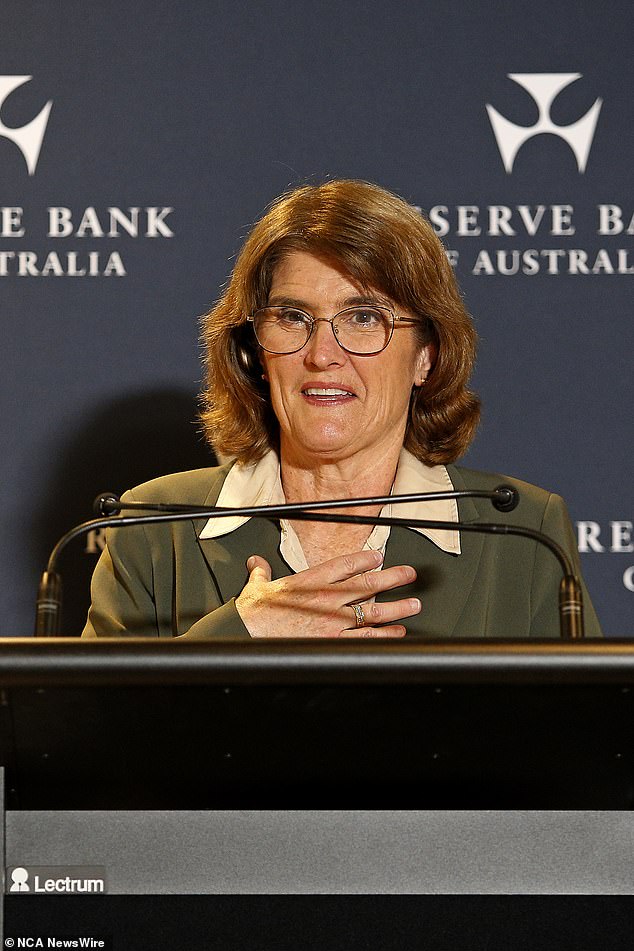Inflation FALLS within the Reserve Bank target – here’s why it’s way too soon to celebrate
- Core inflation was 2.7 percent in August
Australia’s inflation has fallen within the Reserve Bank’s 2 to 3 percent target for the first time in three years, thanks to $300 energy rebates.
The consumer price index (also known as inflation) fell to 2.7 percent in August, a sharp drop from 3.5 percent in July.
This was the lowest monthly inflation figure since August 2021, when Sydney and Melbourne were still in lockdown.
However, the dramatic drop was largely the result of the federal government’s $300 energy rebates that went into effect on July 1, along with generous state governments’ electricity programs.
Electricity prices fell at an annual rate of 17.9 percent, artificially lowering headline inflation in Australian Bureau of Statistics figures.
Queensland is offering $1,000 in electricity rebates as Labor battles for a fourth consecutive term in October, while Western Australia is offering $400 in relief from the bill.
Petrol prices have also fallen by 7.6 per cent in the past year, with unleaded petrol now costing less than $1.70 per litre in the capitals. However, this relief may be short-lived as prices tend to fluctuate wildly.
Reserve Bank of Australia Governor Michele Bullock warned on Tuesday that a sharp decline in headline inflation (including volatile price factors) will not lead to a rate cut in 2024.
“That will lead to lower energy prices. Fuel prices have also fallen in recent months. So it could well be that current forecasts indicate that inflation over the last 12 months will be below 3 percent,” she told reporters in Sydney.
Australia’s inflation has fallen within the Reserve Bank’s 2 to 3 percent target for the first time in three years, thanks to $300 energy rebates.
‘That’s important because it reflects the relief in the cost of living and you see that reflected in the prices that people see.
“But it’s not really a reflection of the underlying wave of inflation. It’s more about what we’re seeing happening in the services sector, which is the crux of the matter.”
Official monthly inflation figures showed that underlying inflation, also known as the trimmed average, rose by 3.4 percent over the year.
This is the Reserve Bank’s preferred measure of inflation and is given more weight when the RBA board decides to cut or maintain interest rates. They are now at a 12-year high of 4.35 per cent.
Even excluding petrol and holiday homes from the CPI, headline inflation still came in at 3 per cent, at the top of the Reserve Bank’s range.
While headline inflation has fallen, underlying inflation excluding volatile items is still well above the RBA’s 2-3 per cent target.
However, lower inflation also brought bad news for consumers, with fruit and vegetable prices rising by 9.6 percent. The figures were released just two days after the Australian Competition and Consumer Commission took legal action against supermarket giants Coles and Woolworths.
Rents have still risen by 6.8 percent this year, while tenants remain tight in capital city markets.
Inflation in the services sector remains a major problem, with insurance and financial services costs rising 6.2 percent, while education costs rose 5.4 percent.

But Reserve Bank of Australia Governor Michele Bullock warned on Tuesday that a big drop in headline inflation – which includes volatile items – would not lead to a rate cut in 2024.
